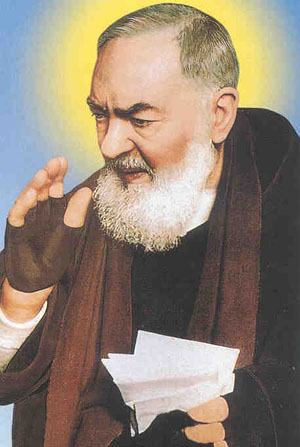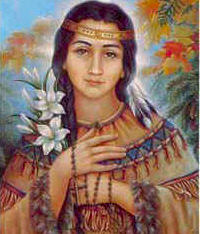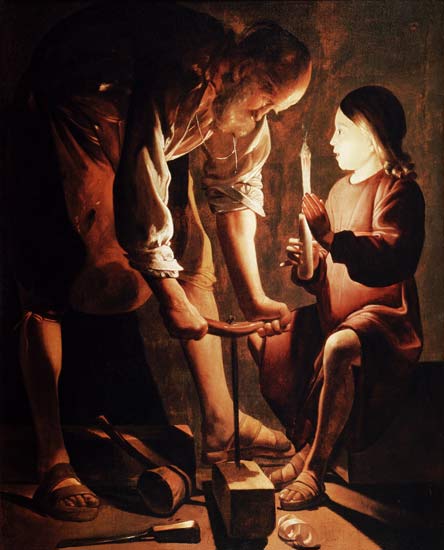Castel Gandolfo, Italy, Aug 30, 2009 / 11:14 am (CNA).- At Sunday’s Angelus prayer in the courtyard of Castel Gandolfo’s apostolic palace, Pope Benedict XVI recalled the previous week’s liturgical memorial of St. Monica, mother of St. Augustine of Hippo and model and patron of Christian mothers.
“Much is recounted about her in her son’s autobiography ‘The Confessions,’ a masterpiece among the most read works of all time,” Pope Benedict said. “There, we understand that St. Augustine imbibed the name of Jesus with maternal milk and was educated in the Christian religion by his mother, the principles of which remained impressed on him even in the years of spiritual and moral wavering.”
Monica, Benedict XVI explained, never stopped praying for her son and his conversion and she had the consolation of seeing him return to the faith and receiving baptism. The Pope added, “God heard the prayers of this holy mother, to whom the Bishop of Tagaste said: ‘It is impossible that a child of so many tears should go lost.’ In truth, St. Augustine does not only convert, but decides to embrace the monastic life and back in Africa, and himself establishes a community of monks.”
“The final spiritual conversations between him and his mother in the quiet of a house in Ostia, in anticipation of departure for Africa, are moving and edifying,” the Holy Father explained. “By then St. Monica had become for this her child ‘more than a mother, the source of his Christianity.’ Her lone desire had been for years the conversion of Augustine, who then was positively oriented toward a life of consecration to God’s service.”
She could only die content, the Pontiff said, on August 27, 387, 56 years old, after having asked her children to not worry about her burial, but to remember her, where ever they were, at the altar of the Lord. St. Augustine repeated that his mother had “twice given birth” to him.
Pope Benedict continued: “The history of Christendom has numerous examples of holy parents and authentic Christian families, who accompanied the life of generous priests and pastors of the Church.”
He recounted Sts. Basil the Great and Gregory Nazianen, who both came from families of saints, and spouses Luigi Beltrame Quattrocchi and Maria Corsini, who lived from the end of the nineteenth century to the middle of the twentieth century and were beatified by Pope John Paul II in October 2001 on the twentieth anniversary of his Apostolic Exhortation “Familiaris consortio.”
“This document,” the Pope expounded, “in addition to illustrating the value of marriage and the responsibilities of the family, calls spouses to a particular task on the way of holiness that, drawing grace and strength from the Sacrament of Matrimony, they follow their entire life.”
“When spouses dedicate themselves generously to the education of children, guiding them and orienting them to discover the design of God’s love, they prepare that fertile spiritual terrain where vocations to the priesthood and consecrated life spring and mature.
Pope Benedict concluded his Angelus message by asking the faithful to seek the intercession of St. John Mary Vianney and the Blessed Virgin Mary in this Year for Priests.
Addressing English-speaking pilgrims and visitors after the Angelus, he singled out the first year seminarians from the Pontifical North American College.
“May your time here at Castel Gandolfo and in Rome deepen your integral understanding of our faith and strengthen in you the desire to be consistent in word and deed, following the heart and mind of our Lord. Upon each of you present and your families, I invoke God’s blessing of peace and joy!”










.jpg)




























